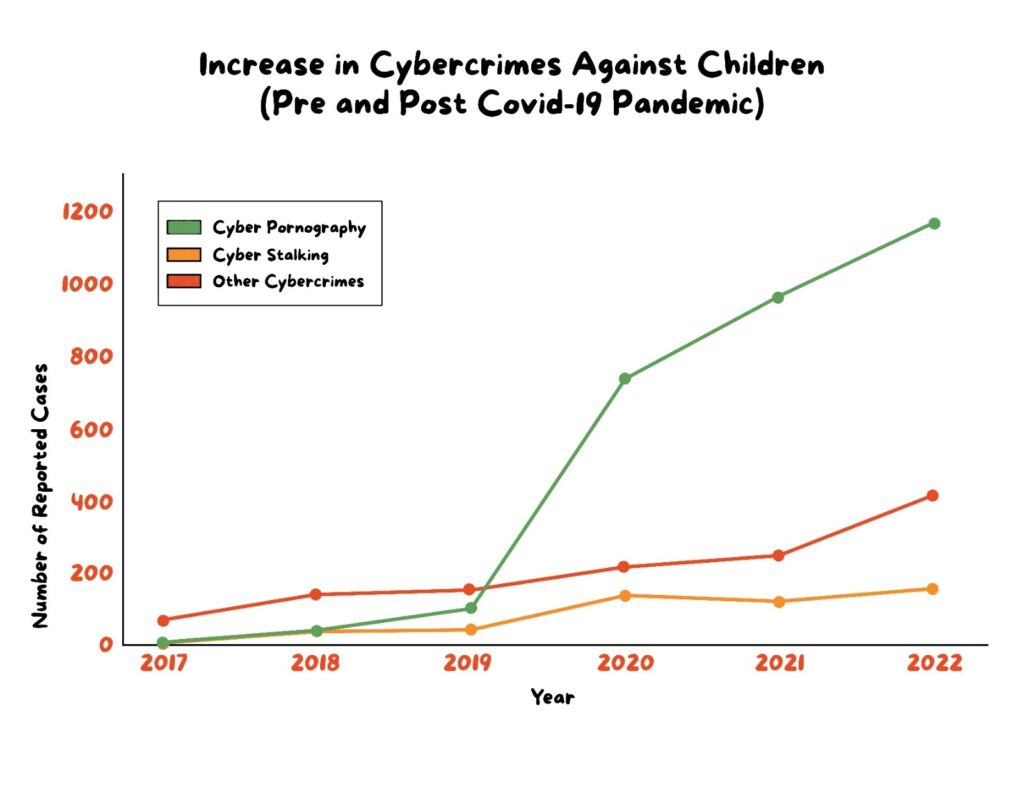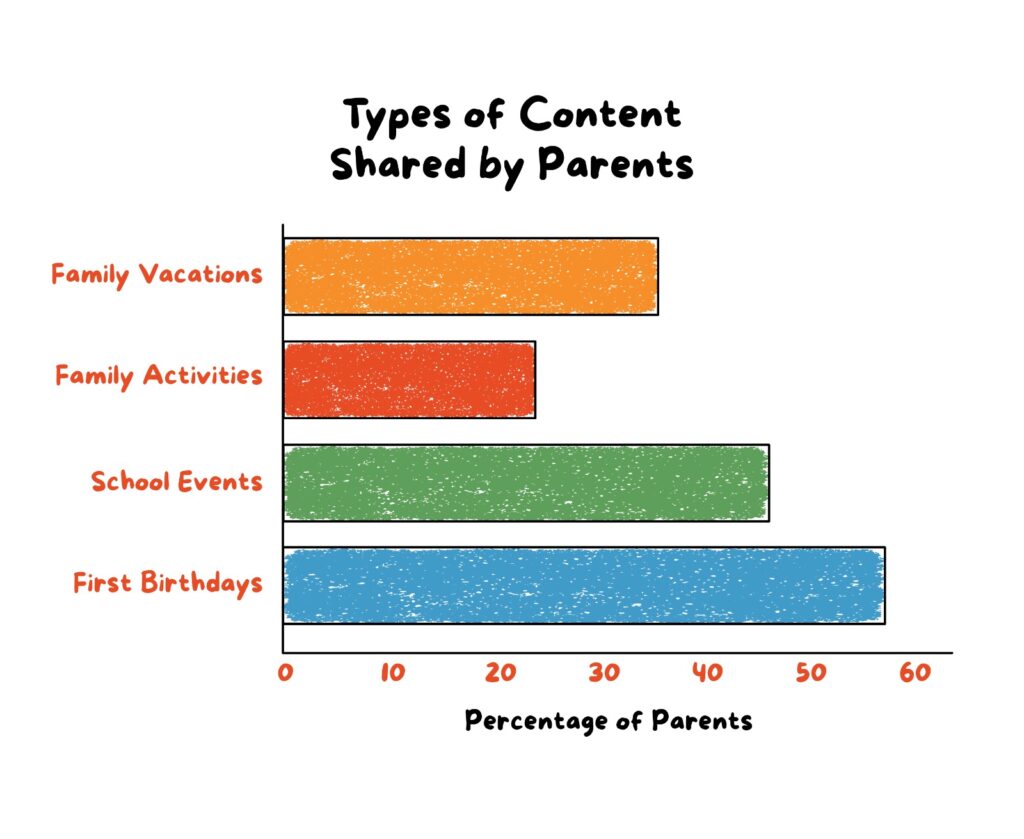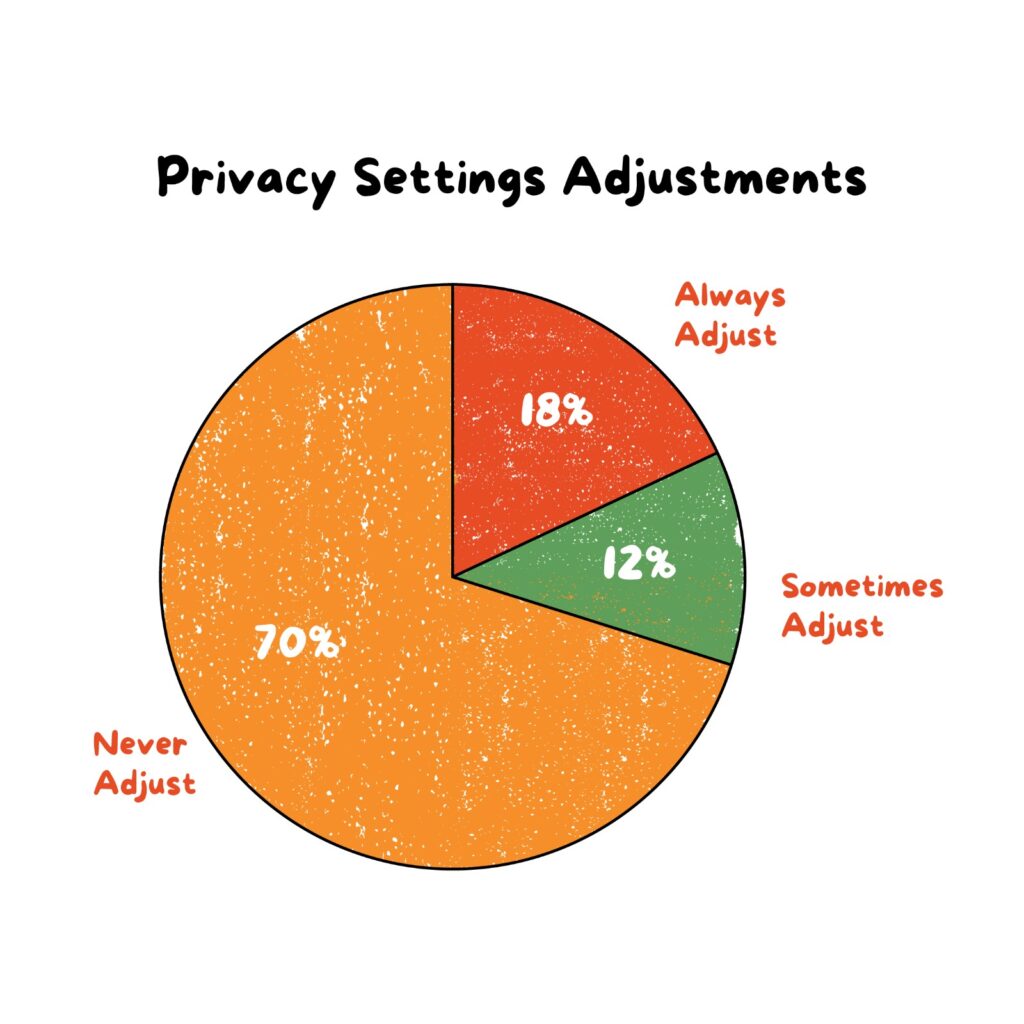When the COVID-19 pandemic swept across the globe, our lives—and our children’s lives—shifted almost overnight into digital spaces. Classrooms became Zoom calls, playdates transformed into multiplayer video games, and Sunday family albums found their home on WhatsApp groups. But this rapid digital adoption came with an alarming side effect: a sharp rise in cybercrimes targeting children.

Watch Full Video Here
From Well-Intentioned Posts to Unintended Risks
As I dug deeper into this issue, one pattern emerged again and again: the threat wasn’t always lurking in the anonymous corners of the internet. More often than not, it began at home—triggered by a seemingly innocent post from a parent. This global phenomenon, known as sharenting, describes parents sharing photos, videos, and personal details about their children online.
In response, in collaboration with Assam Police, we launched #DontBeASharent, an awareness campaign that quickly evolved into a movement. Yet we realized that raising awareness alone wasn’t enough. In August last year, with limited resources but boundless determination, we conducted one of India’s first empirical studies on sharenting—because you can only solve what you measure.
Our Study at a Glance
- Aim: To map how parents interact with the digital world, gauge their awareness of online risks, and examine their behaviors around children’s privacy.
- Sample Size: 253 parents from diverse socio-economic backgrounds across India.
- Methodology: A mix of surveys, focus groups, and expert interviews.
Key Findings: Gaps Between Intentions and Actions
1. Types of Content Shared
- 58% of parents admitted to posting milestone moments—birthdays, vacations, school events—often including identifying details like school uniforms or geographic locations.
- Such markers can be exploited for digital impersonation, geographic profiling, or worse.

2. Platforms of Choice
- Unlike global trends favoring Instagram or YouTube, 36% of Indian parents rely exclusively on WhatsApp to share child-related content.
- This false sense of security leads many to share names, birthdates, and locations with sprawling contact lists—often without realizing who might see them.

3. Consent and Agency
- 71.9% of parents believe children should have a say in their digital presence.
- Yet only 38.5% actively seek their child’s consent before posting.
- This disconnect violates the spirit of emerging data-protection laws (such as India’s Personal Data Protection Act) and children’s rights under UNCRC General Comment No. 25.

4. Awareness vs. Behavior Gap
- While 60% of parents claim awareness of risks like digital kidnapping, a mere 18% regularly update their privacy settings—and 70% never do.
- Knowledge without action breeds complacency and technical unpreparedness.

5. Peer Pressure and Social Validation
- Nearly 60% of parents feel driven by social media validation—“likes,” comments, and shares—often at the expense of privacy.
- This societal pressure turns children into digital commodities for online applause.

6. Hypotheses on Demographic Variations
- We tested whether sharenting frequency varied by gender and education levels. Early data show hints of correlation, but our sample was too small for definitive conclusions. A larger study is needed.

Beyond the Data: Why Parenting Needs a Digital Reboot
1. Reimagining Parental Roles
Parenting in the digital age demands expanding the role of “provider” to include “protector.” Just as parents child-proof physical spaces, they must now “digital-proof” online environments by:
- Conducting regular privacy audits on social platforms
- Involving children in decisions about what gets posted
- Teaching kids to recognize and report suspicious behavior
2. Building Digital Literacy as a Family Value
Digital literacy should be as fundamental as reading or math. Community centers, schools, and parent-teacher associations need to offer:
- Hands-on workshops on privacy settings and family-safety apps
- Age-appropriate lessons on responsible online sharing
3. Advocating for Child-Centric Policy
Our study underscores the urgent need for introducing age appropriate consent framework in our data protection act, mandating explicit, revocable age appropriate consent for any child-related content. Parents alone shouldn’t be the arbiter of children’s rights and data, children, too should have a say in it.
4. Cultivating a Culture of Consent and Agency
Respecting a child’s evolving autonomy means asking them before posting their image or details. This practice:
- Teaches respect for personal boundaries
- Reinforces that children have rights to their own data
A Call to Action
We owe it to our children to move beyond awareness campaigns. We must translate insights into actionable behavior, community support, and robust policies. Only then can we ensure that the digital spaces our children inhabit are as safe, respectful, and empowering as the homes we strive to provide.
Parenting in the age of screens isn’t a challenge we can ignore. It’s an opportunity to reimagine protection and autonomy for the next generation.


